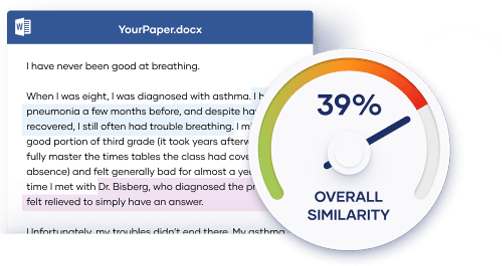What Is Common Knowledge? | Definition & Examples
In academic writing, ‘common knowledge’ refers to information that the average educated reader would accept without needing a source citation to back it up.
There are two main categories of common knowledge:
- Information that most people know
- Information shared by a specific group of people, such as a national or cultural group, or academics in a particular field of study
In academic writing, it’s normally essential to cite your sources, but statements that are considered common knowledge do not need a citation.
Examples of common knowledge
Examples of common knowledge include:
- Information that appears across many sources without a clear origin, such as famous historical dates
- Long-established facts or theories that are foundational to a field, like fundamental equations in physics
It does not include:
- Data and statistics gathered in empirical studies. These should always be cited.
- Interpretations or arguments. If a statement could be reasonably disputed, provide a citation.
The examples below show how subtle the distinction can be:
APA is a common citation style used by students.
This is an undisputed and easily verified fact. It is common knowledge.
APA Style is mainly used in the social sciences, business, and nursing.
For a reader familiar with research, this is likely to be accepted as common knowledge. For a more general readership, you might need to cite it.
APA Style is used in more than 90,000 papers per year.
This is not an undisputed fact and should be attributed to one or more sources.
The Amazon is the world’s largest tropical rainforest.
This is a widely known fact that you can assume any reader will accept. It’s common knowledge.
Due to deforestation, the Amazon has been rapidly decreasing in size since the 1960s.
If you are writing an in-depth paper on the Amazon for an expert reader, this would likely be accepted as common knowledge. If you are writing a basic or introductory paper for a more general audience, you should provide a citation.
The cattle sector is responsible for 80% of deforestation in the Amazon.
This is a statistic derived from specific research. It should be cited even if it is widely accepted to be true. You should always give the source of any figures or statistics.
Do I need a citation?
Common knowledge does not need to be cited in your paper, because it is widely known, undisputed, easily verified, and generally not attributable to a specific author.
To avoid plagiarism, it can be tempting to include a citation for every sentence, but in some cases over-citation can weaken your academic writing. If you are unsure whether or not a statement counts as common knowledge, ask yourself the questions below.
Who is my reader, and what can I assume they know?
Are you writing for a general audience or for experts in the field?
In academic writing, it’s more likely that your reader will be an expert, and you can assume a certain level of shared knowledge. But if you include information from a different field, you should cite it.
Could my reader dispute this statement?
If your reader might be surprised by your statement, question its accuracy, or contest it with other data, it isn’t common knowledge, and you should provide a citation.
If it’s a foundational fact that everyone in the field agrees on, it’s probably common knowledge.
Can my reader easily verify this statement across multiple sources?
If you google it, can you easily find more than five scholarly sources that give the same information without citation? If so, it’s probably common knowledge.
If some of the search results contradict each other or you have to dig further to find the facts, you should provide a citation.
Common knowledge test
Frequently asked questions about plagiarism
Cite this Scribbr article
If you want to cite this source, you can copy and paste the citation or click the ‘Cite this Scribbr article’ button to automatically add the citation to our free Reference Generator.
Caulfield, J. & McCombes, S. (2022, July 18). What Is Common Knowledge? | Definition & Examples. Scribbr. Retrieved 9 April 2025, from https://www.scribbr.co.uk/preventing-plagiarism/what-is-common-knowledge/

